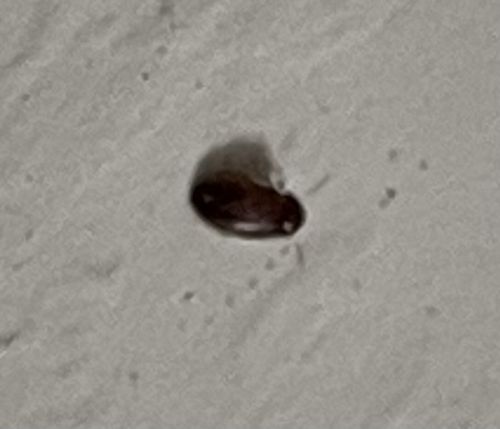Bed Bug
Scientific Name: Cimex lectularius
Order & Family: Hemiptera, Cimicidae
Size: Adults typically 4-5 mm (0.16-0.20 inches) long, unfed nymphs are smaller.

Natural Habitat
Primarily human dwellings, especially beds, mattresses, bed frames, and furniture, as well as cracks and crevices in walls, floors, and electrical outlets.
Diet & Feeding
Exclusively feed on the blood of warm-blooded hosts, primarily humans, but also pets and other animals if humans are not available. They are nocturnal feeders.
Behavior Patterns
Nocturnal, hiding during the day in seams of mattresses, cracks in bed frames, and other dark harborage areas. They are attracted to carbon dioxide and body heat. They are highly resilient and can survive for many months without a blood meal.
Risks & Benefits
Potential risks include itchy red welts from bites, allergic reactions, and secondary skin infections from scratching. They are not known to transmit diseases to humans. There are no known benefits to humans or the ecosystem from bed bugs; they are considered pests.
Identified on: 9/4/2025